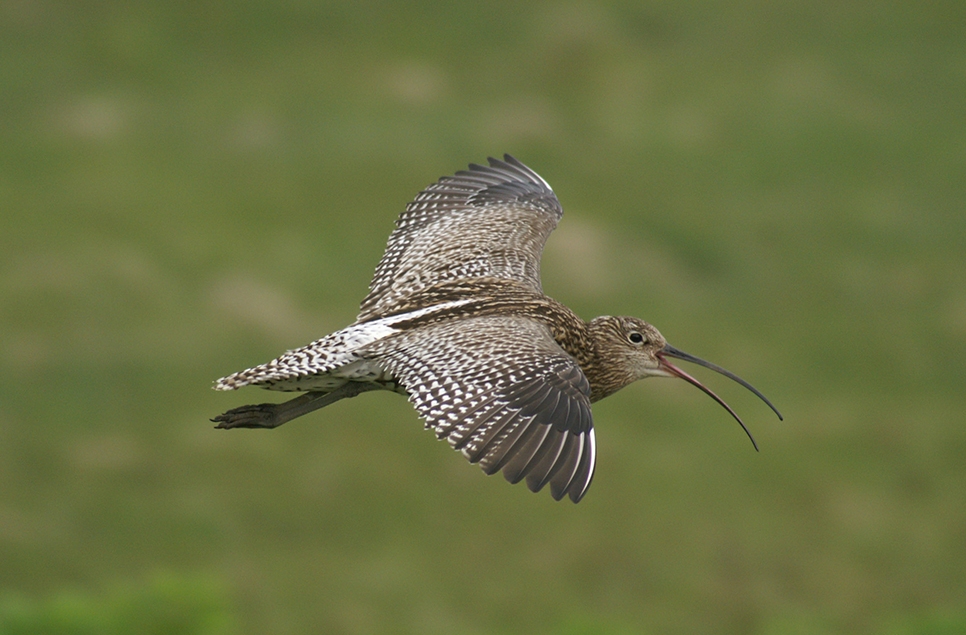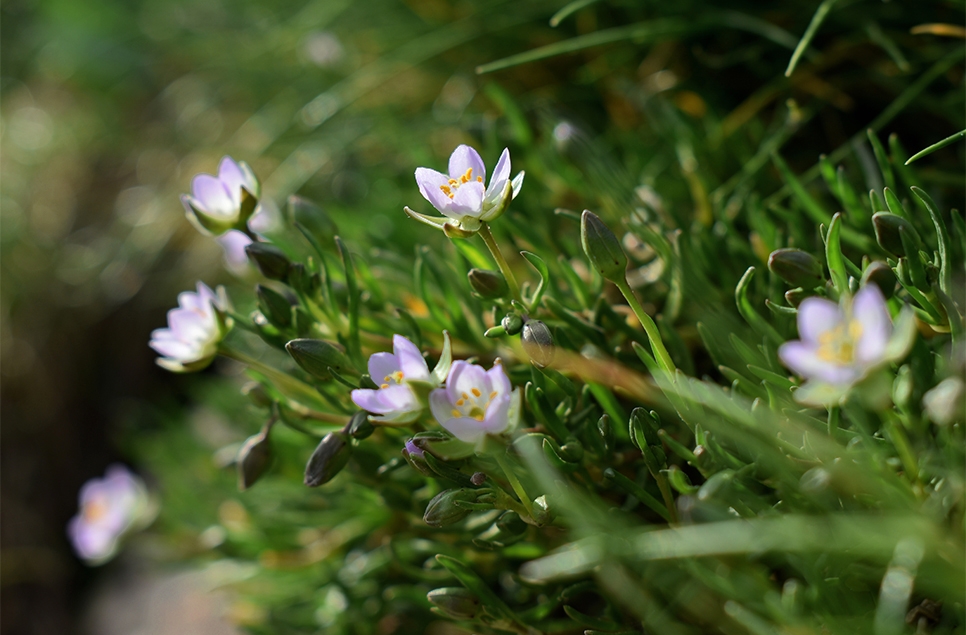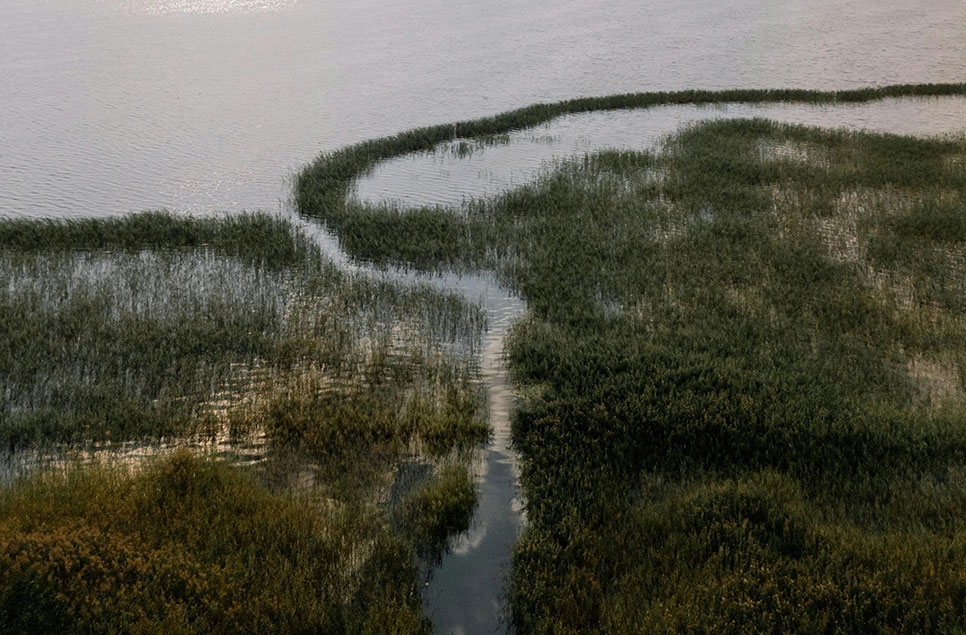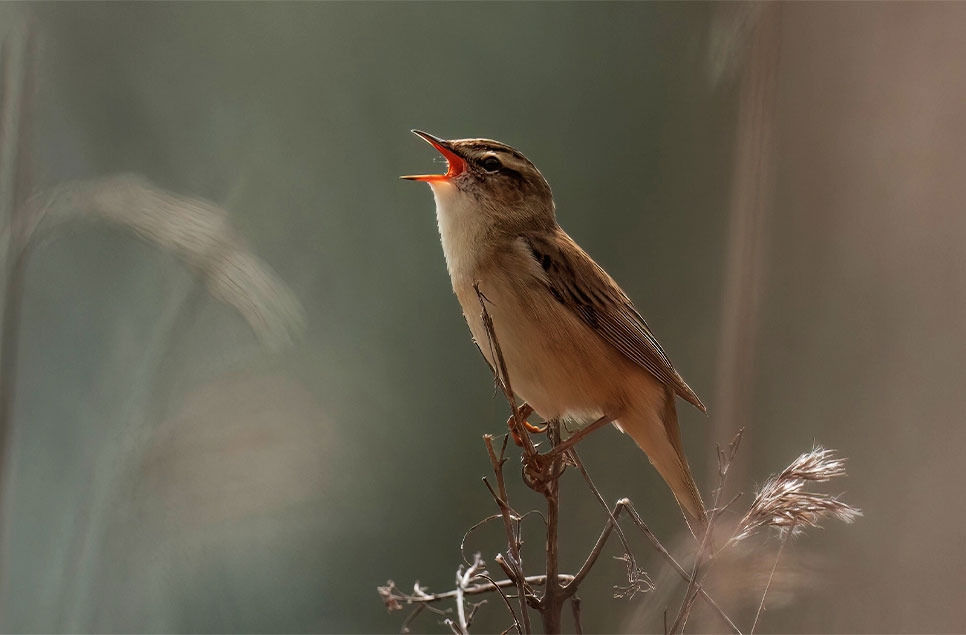Wetlands throughout the seasons: spring
Spring arrives with less of a bang, and more of a gradual unfolding of life. From catkins to kingfishers to migratory birds, here's a quick guide as to what you can find in wetlands in spring.
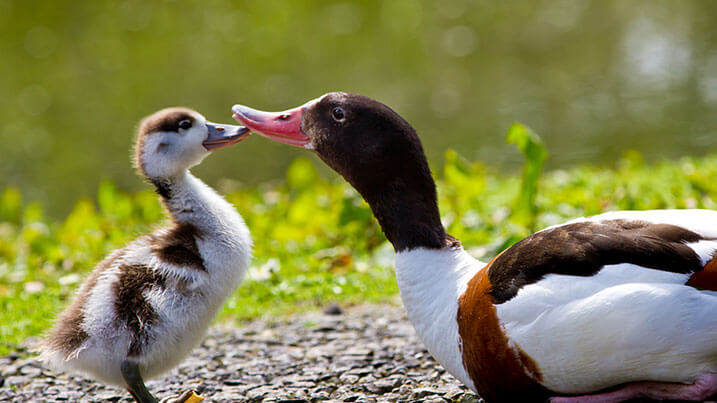
Spring arrives with a gradual unfolding of life: from the first flowers pushing themselves out of the cold ground to the appearance of the first bees and butterflies of the year. After winter this welcome display of biodiversity brings with it a feeling of hope and promise for the year ahead.
What wildlife you can see in a wetland differs depending on where you are in the UK - and whether you're in an urban or rural environment. Spring arrives at different times and in different ways throughout the UK but there are some changes that signal the start of spring wherever you are.
Spring migratory birds
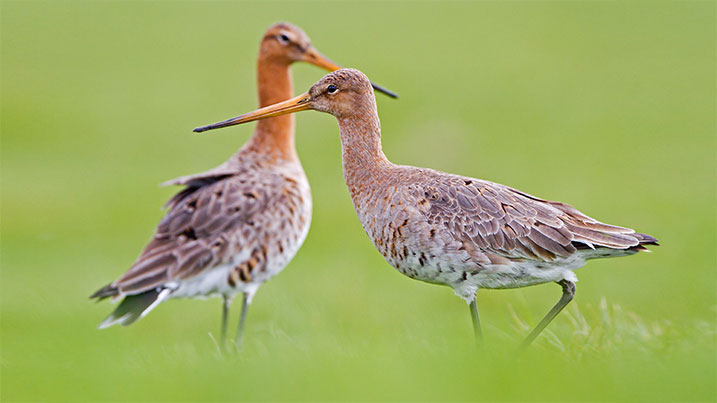
When the time comes to say goodbye to the migratory birds that have spent the winter with us, the summer migrants start to return to breed in the UK. As frosty mornings fill with a gentle warmth, the sound of birds marking their territory with their unique songs fills the skies. Wading birds like black-tailed godwits wing their way back to the UK and nest in the fens of east England.
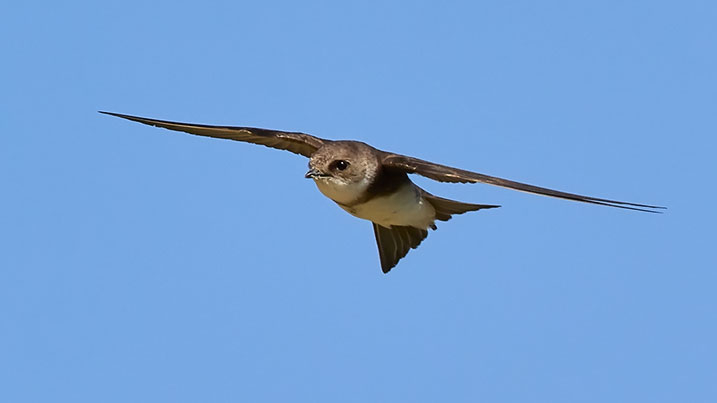
And keep an eye out for smaller birds such as reed warblers, swallows and sand martins who make their homes in wetlands. Listen out for the iconic sound of the cuckoo in May. Its cheery spring-like call is strangely at odds with its cuckolding nature of laying eggs in other birds’ nests and tricking them into raising their young.
Early spring plants
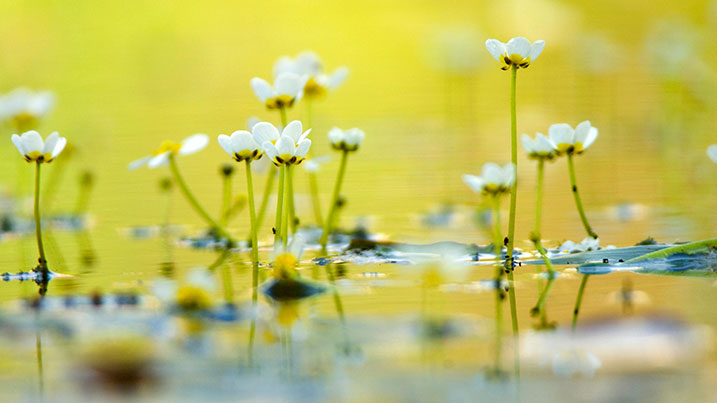
Snowdrops, crocuses and wood anemone are some of the earliest and most welcome signs of spring, as are catkins forming on willow trees. Pussy willow grows catkins that look like little cat's paws - hence the name.
Ash and wych elm flower well before the leaves emerge, with purple/crimson stamens. Trees pollinated by wind have to flower before the leaves emerge, so that the leaves don’t restrict the flow of pollen.
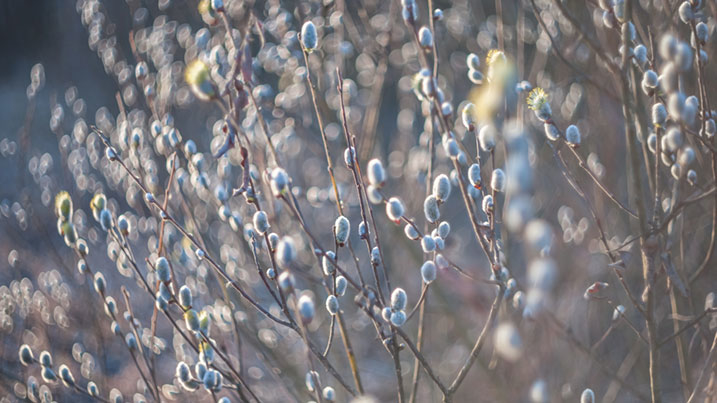
There’s also a lot going on down by the water too. Marsh marigold (or kingcup) is a kind of boggy buttercup that starts to bloom its yellow flowers in March. Unlike many plants, marsh marigold flowers remain open in wet weather, and actually fill with rain, allowing pollen to float from the stamens to the stigma and ensuring pollination even in the rainiest of British springs, when few insects are about. Common water crowfoot sends out elegant rafts of white flowers across the water. Late May is the time that one of the earliest orchids, the southern marsh orchid, begins to flower.
Learn more about wetland pond plants
Grass snakes and other reptiles
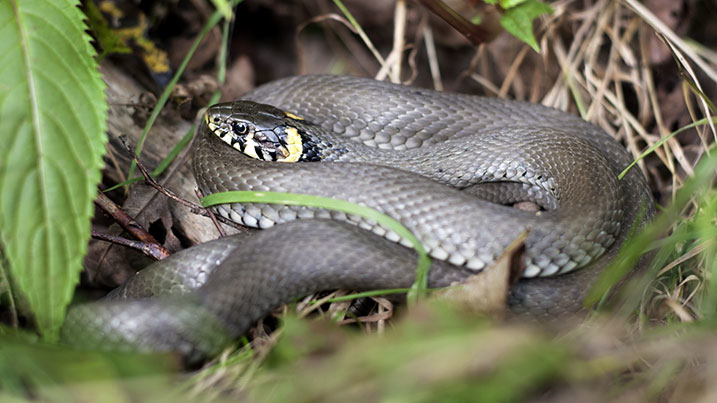
Spring is a great time for spotting reptiles emerging from their hibernation (technically called ‘brumation’) and sunning themselves in the soft morning rays. Being cold blooded, they’re sluggish at this time of year, especially in the morning, and therefore far easier to see. You won’t be surprised to know that grass snakes are found in grasslands, but did you know they are strong swimmers and can often be found gliding across ponds, hunting frogs and fish? You might even see one in your own garden pond as the weather warms up.
Sticklebacks
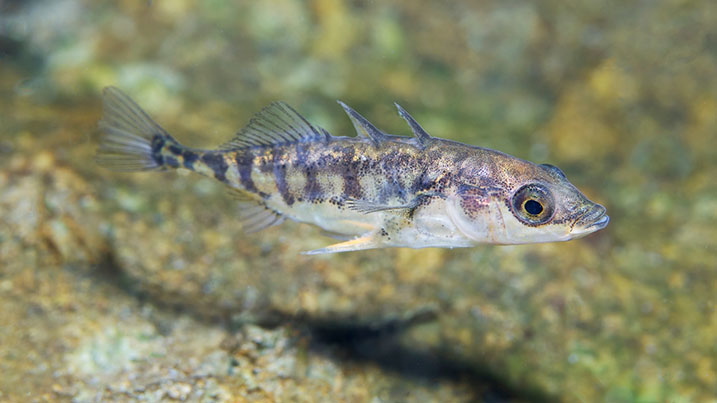
It's all happening underwater as well. Male sticklebacks develop bright red bellies and construct nests on the pond bed to attract females. They make these beautiful bowers by sticking together weeds with secretions from their kidneys. How romantic! They also square up to all other small bright red objects that come into their radar - whether it's another male stickleback or not.
Frogs, toads and newts
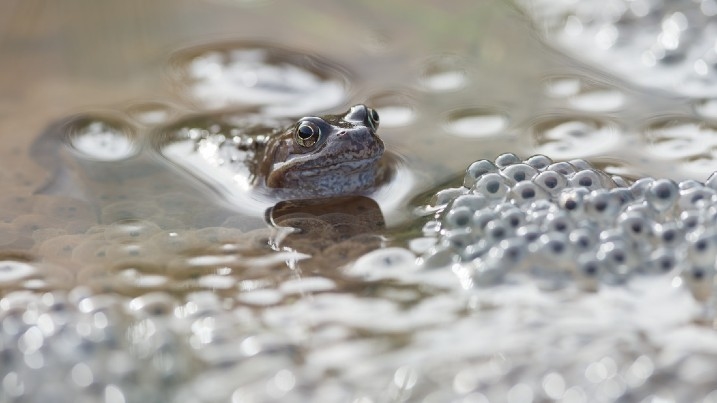
Spring is amphibian breeding season so you'll see big jelly-like clumps of frog and toad spawn appearing in ponds and lakes. You might also see frogs, toads and newts acting a little strangely as they try and attract a mate. Male newts seduce females by doing a little dance at the bottom of the pond, wafting her gently with his tail.
Did you know that frogs, toads and newts have different kinds of spawn?
Here's a quick guide:
- Frogs lay spawn in white, jelly-like clumps of frog bubbles. They hatch into golden, speckled tadpoles.
- Toads lay their spawn in long strings like a fancy necklace. They hatch into black toadlets.
- Newts lay their eggs on the undersides of submerged leaves (a good reason to have plants in your pond!) They hatch into newtlets, that look quite different and have frilly gills.
Nests
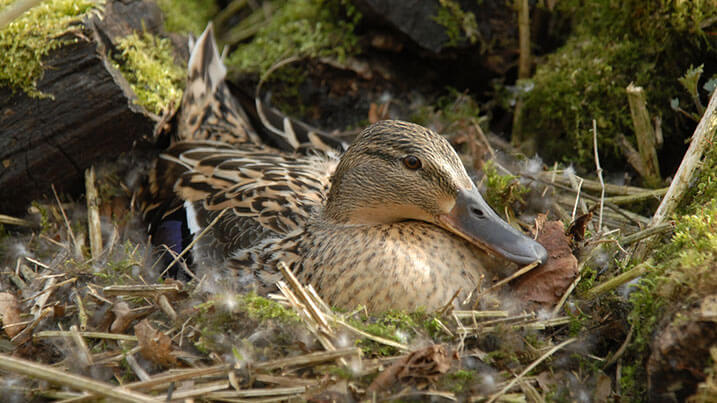
As the warmer, longer days of March arrive nests start to appear with moorhens and coots busy stealing material from each other to build their own nests. You might even be lucky enough to see the bright dart of a kingfisher - they start their courtship rituals and begin nesting this time of year. The male kingfisher will catch and offer fish to the female as part of the bonding process, proving his suitability as a mate.
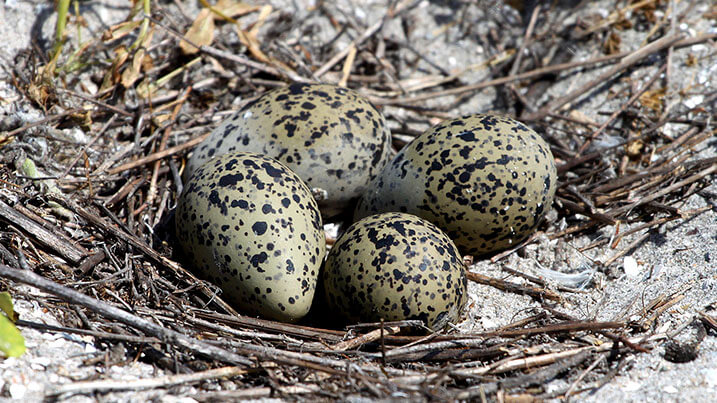
Learn more about wetland pond plants
Bats
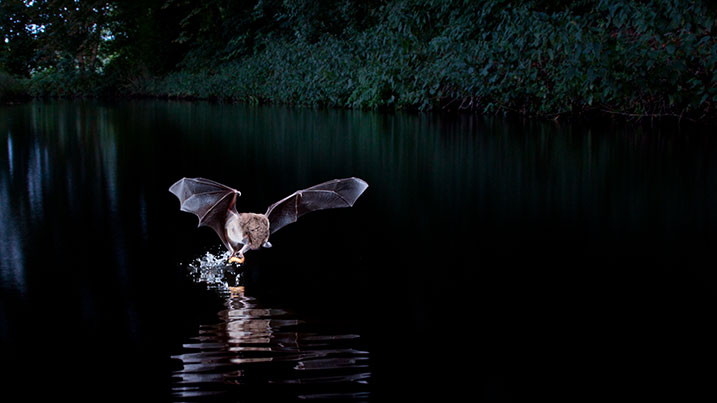
Bats emerge from a long hibernation and can be seen sucking up insects as they swoop over still water at dusk. Daubenton’s bats are wetland specialists. They feed low over the water feasting on midges and mayflies. They have a shallow wing beat to avoid touching the water, and can be watched with a powerful torch as they trail their feet in the water, scooping up insects.
Water voles
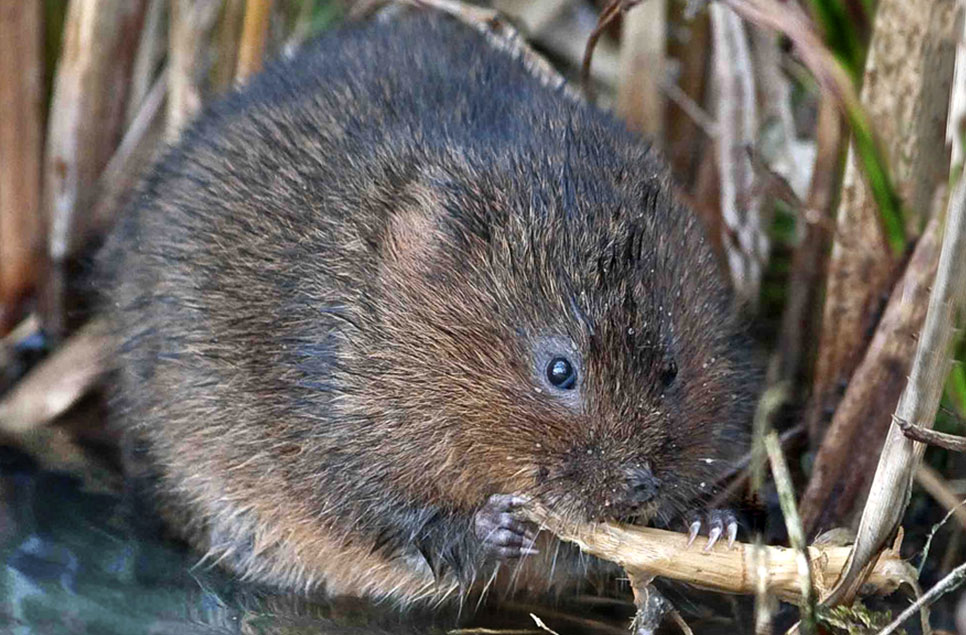
Spring is the best time of year to see a water vole in its riverside habitat. They're active all year round (in that they don't hibernate) but will have been reliant on their stores of food and meagre vegetation throughout the winter, conserving their energy. Now, as plant growth reappears, they emerge to establish their nesting territory and feast on the new vegetation.
Water voles can sometimes be confused with water rats - can you tell the difference?
Spring migratory birds
The UK's wetlands are globally important to migratory birds. Find out which birds arrive on UK shores in spring and summer, and the threats they face.
Read more